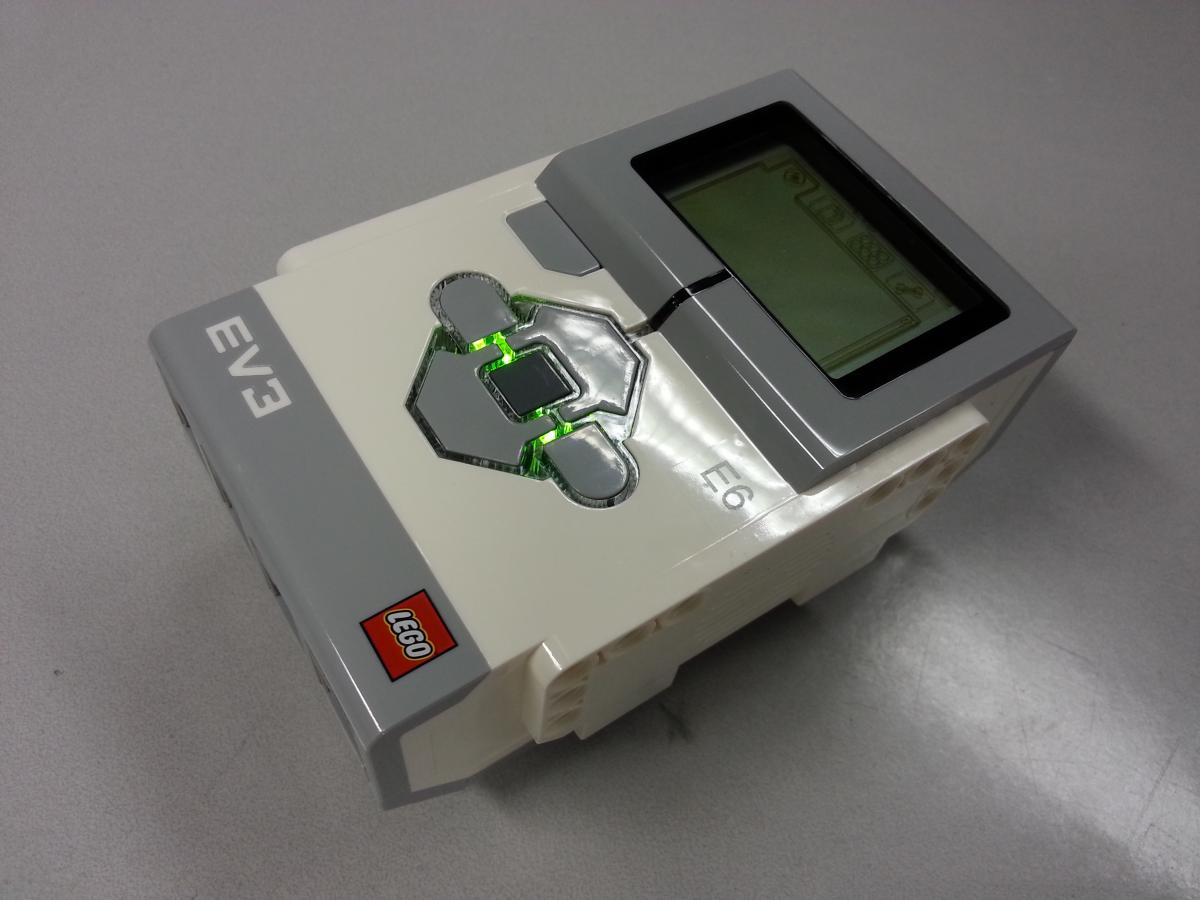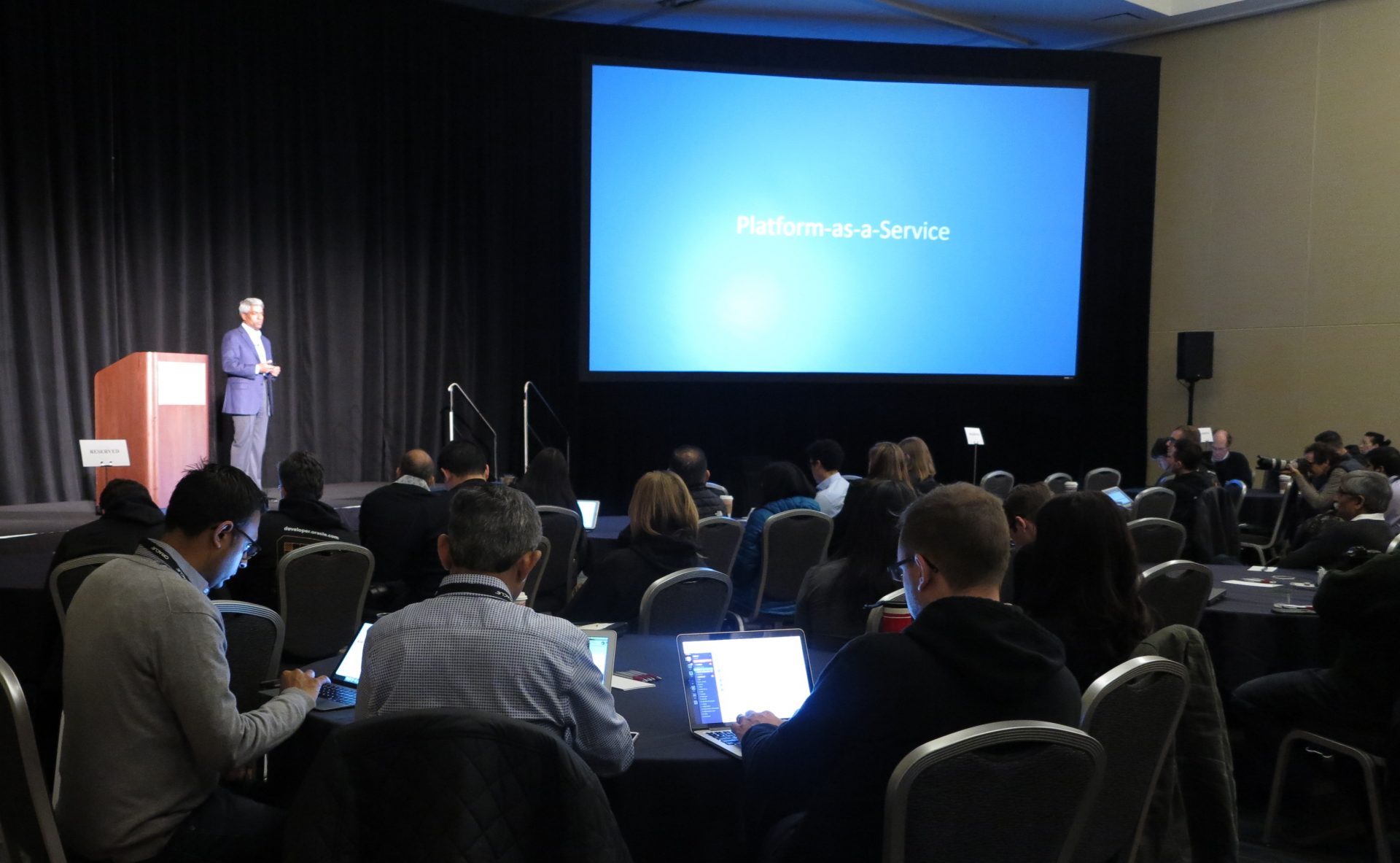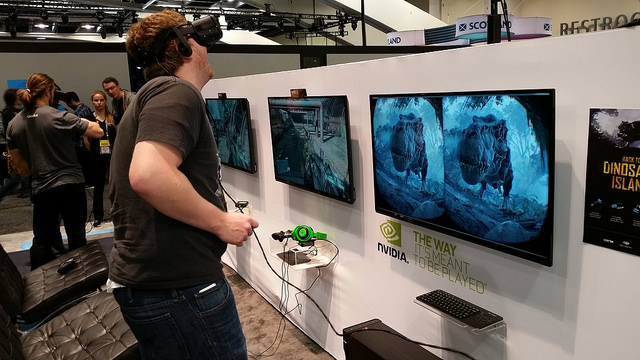
There were a lot of computers on the floor of the National Council of Teachers of Mathematics Annual Meeting and Exposition in San Francisco this past weekend, but very few of them were actually plugged in. That’s because the NCTM show is one where math teachers can use and evaluate abaci.
Behind all those abaci and fractional plastic counting blocks, however, were some more modern takes on mathematics education. Speakers covered topics that, on their face, would have been right at home at a technology show. And given that the programmers of the future need those math skills to do their jobs, just about everything at the show could be considered as preparation for a career in computer science.
(Related: How would education change if coding were treated as a language)
Some sample topics include Susan B. Lee and Saffron L. VanGalder’s talk entitled “Arrays: Access to Complex Properties of Multiplication and Division,” and John Sessler and Cheryl Morris’ talk “Cultivating Real-World Problem Solvers through Game-Based Instruction.”
Elsewhere at the show, there were dozens of software companies offering games designed to teach kids math, and most of them were available for mobile platforms. Behind these, however, there were only a few booths promoting actual programming as a method of teaching math to K-12 students.
Lego, for example, was on site demonstrating its learning tools for its Mindstorms Robotics platform. Mindstorms can often push students to find algorithms on their own—for example, calculating how far a Mindstorm device moves when a wheel completes one full rotation.
RobotLAB showed off its programmable robotics kits at the show. The company produces a bipedal robot that students can program with simple tasks and lists of actions that are executed in order. RobotLAB claims its software can teach kids about vectors, tangents, geometry, and basic math.
As you would expect, another computer vendor at the show was Texas Instruments, on hand to demonstrate its nearly ubiquitous calculators, which are used across the world in advanced mathematics classes.
While programming is a major new way to teach math to students, there were still plenty of other unique ideas at the show. Ryan Loiacono, director of eLearnster, is pushing baseball as a way to teach kids math. Fantasy Baseball Mathematics is an entire system designed to have kids tracking players’ stats across the season, and doing all manner of math to keep up.
Basic fantasy baseball online, said Loiacono, does all the math for you. In a classroom setting, students are adding and subtracting stats weekly in order to see how their personal team performed, bringing math into their daily routine, while also keeping the lessons tied to something exciting.






